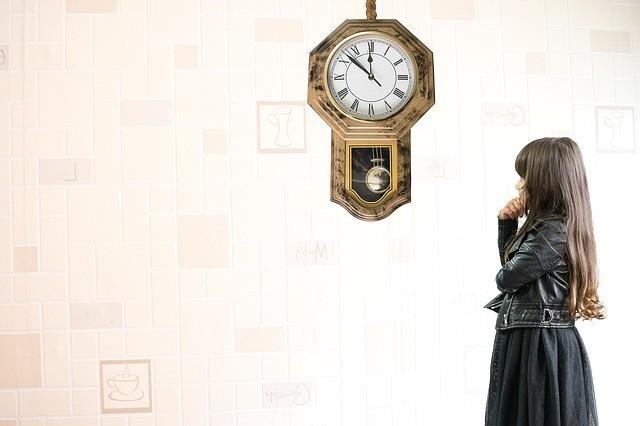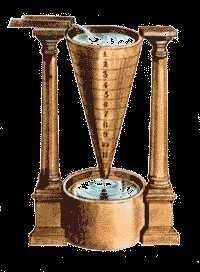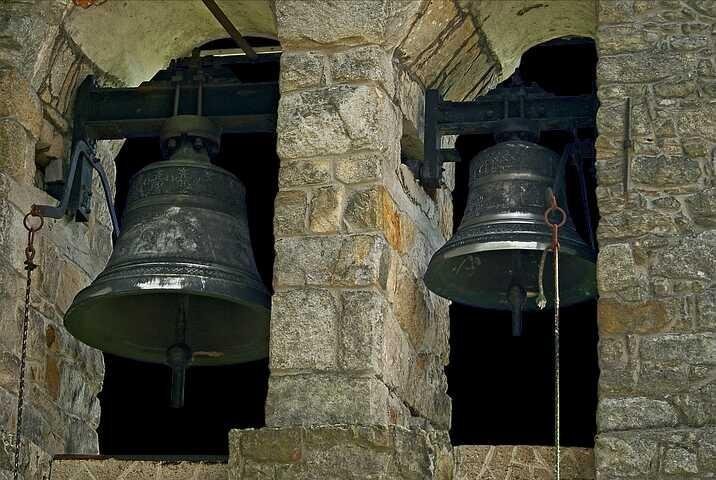Telling the time is very easy in this modern day, on account of present day innovation which has given us timekeeping gadgets like the wall clocks and wristwatches. However, during ancient times, there were no wall clock and wristwatches, so how did individuals tell time?

During the beginning in ancient days, mankind began reading the components around them keeping in mind the end goal to measure time. Ancient people utilized the power of straightforward perception, deductive thinking, and the earth itself to finish their time tracking objectives, which included the adjustments in the seasons, and furthermore by the nearness of day and night. People figured out how to concoct extremely crude techniques to decide time. Time telling made it workable for ancient men to have the capacity to carry out certain activities like going to farm, knowing time to worship or going about his normal day to day activity.

One of the earliest of all devices to tell time was the sundial. The sundial is a type of sun-controlled clock. Despite the fact that sundials didn't help much during the night or on shady days, they were one of the most used method of telling time during ancient days. Since antiquated Egypt, sundials utilize the sun's elevation or position in the sky to mark daytime hours. They used a nodus, that is an inclined pointed bar, which cast shadows along specific points of a dial to demonstrate hours. Amid the Renaissance time frame, sundials developed into numerous shapes and types.

One thing that is known is this, It was the ancient Egyptians who came up with a type of framework to partition the day up into parts. These parts were a ton like hours in portrayal. The Egyptians built obelisks, which were four-sided and very much tapered landmarks, and they were geologically situated in specific spots. These obelisks were accepted to have been developed around 3500 BC and a shadow would be given by the obelisks as the sun advanced over the sky. This obelisk would be marked out in specific segments to see the two parts of the day. Since the obselisks could just be effective amid the day, something different must be made to monitor time around evening time.

The Egyptians now made the merkhet, which followed the arrangement and perceivability of stars. Known as the "star clock", the merkhet was outlined with a long bar and a plumb line. It additionally had a locating apparatus, with which the user could center around a specific star and utilize celestial travel to check the time.

Another early type of clock to tell the time was the water clock. The water clock dates back to sixteenth century B.C. Babylon and was utilized by the Greeks. It is one of the most punctual types of timekeeping gadgets that uses a relentless flow of water to track time. With this gadget, an extensive bowl would be loaded with water and allowed to gradually deplete from a gush at the base. Within the bowl was set apart with time interims. This empowered them to decide how much time had gone by the water level in the bowl. These clocks were for the most part used to decide the hours of evening, yet they may likewise have been utilized during day time too.

Oil-light clock was another clock used during the eighteenth century, however, It was viewed as unsafe by many. It included a glass repository for oil that would lower as it was burning off. This showed the movement of time. They were to a great extent made for the whale oil, which was the best light oil fuel at the time. The whale oil burned brilliantly and at a relentless rate, with little smoke.

Customarily, church bells were used to call worshippers to the congregation to hold a service. It was likewise used to declare times of day by day devotions, called the authoritative hours. In any case, in times past, before families could get a clock, they needed to monitor time by listening to the nearby church bells.

The hourglass is another type of early timekeeping gadget that was utilized in ancient times. The hourglass was developed from two separate glass globules that were adjusted. These two glass globules were associated by a neck of thin glass that was arranged between the knobs. This hourglass contained particles of sand inside it, and when it was flipped around, a deliberate measure of sand particles would drop down from the top part of the glass to the base piece of the glass. The hourglass of old time is said to be the early antecedent for the egg clock of current times. Telling time during the ancient times before wall clocks and wristwatches were invented is totally different from how it is done today using clock and another modern gadgets like wristwatches, mobile phones and tablets.
Image source: 1, 2, 3, 4, 5, 6, 7, 8.
REFERENCES
https://www.maropeng.co.za/news/entry/telling-time-how-did-our-ancestors-do-it
https://www.smashinglists.com/10-early-firsts-in-timekeeping-devices/


Thank you @steemiteducation, I appreciate the support.
You got a 3.82% upvote from @postpromoter courtesy of @blinks!
Want to promote your posts too? Check out the Steem Bot Tracker website for more info. If you would like to support the development of @postpromoter and the bot tracker please vote for @yabapmatt for witness!
Your articles are enjoyable and short to read. gave you a follow and added to my ginabot as well. We'll see where this heads sir.
Thanks I appreciate...
That was fast. Lol. Your most recent one got my attention. Keep it up. Pretty soon, you may not need bots to be visible anymore sir.
Thanks for the encouragement and kind words. Guess that is everyone's aim on steemit, to keep doing better till we get to the top.. hopefully we will meet there friend, thanks for stopping by my post.